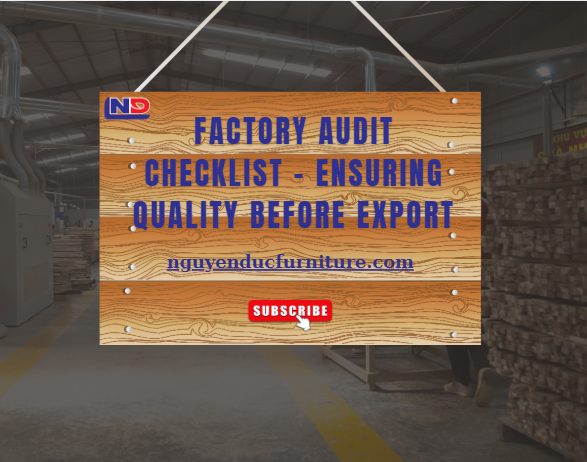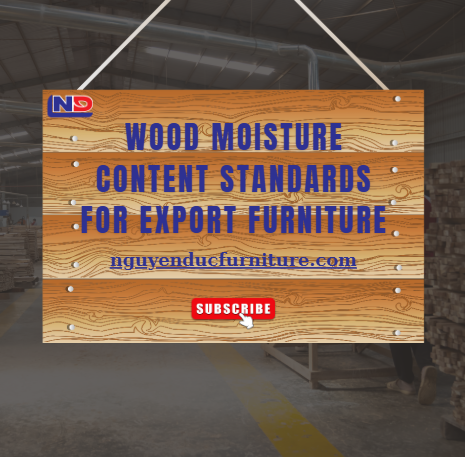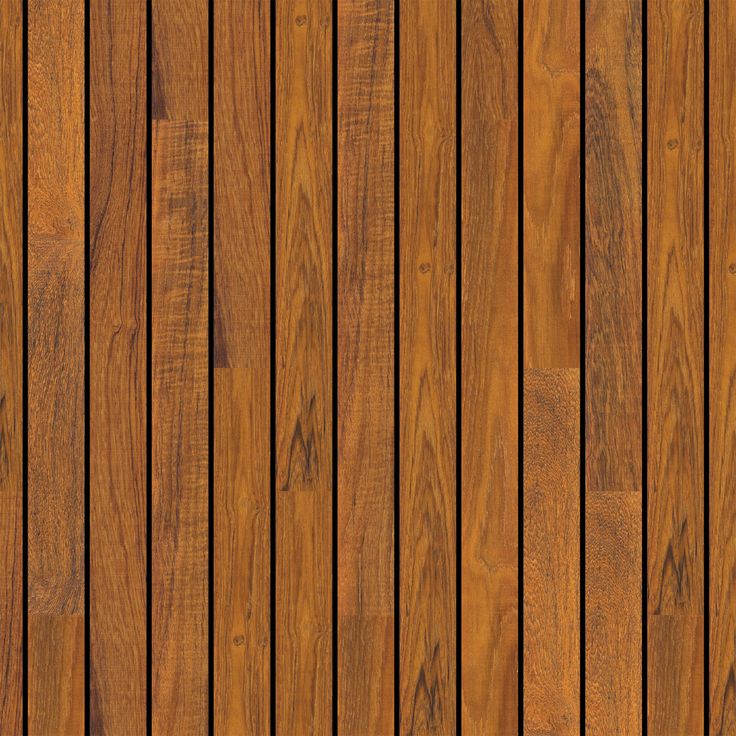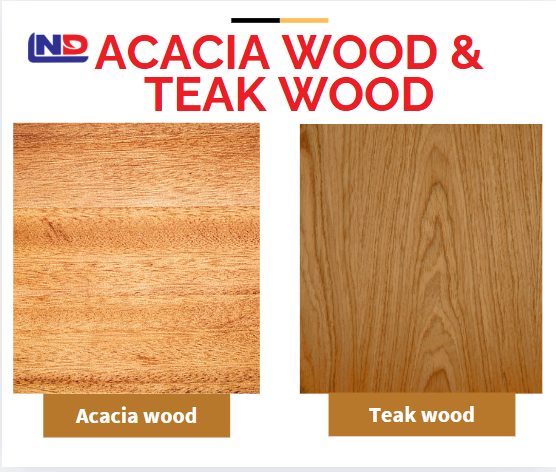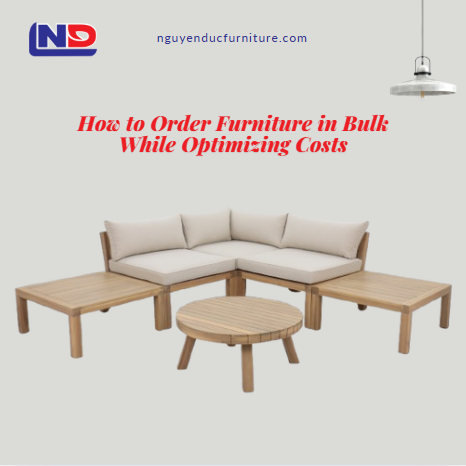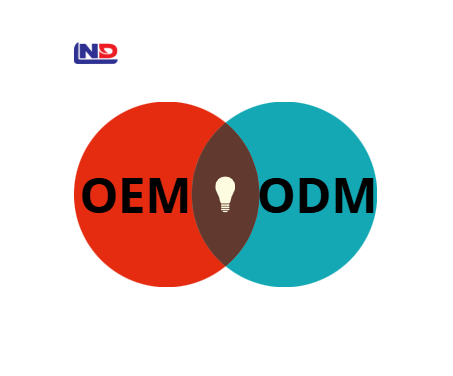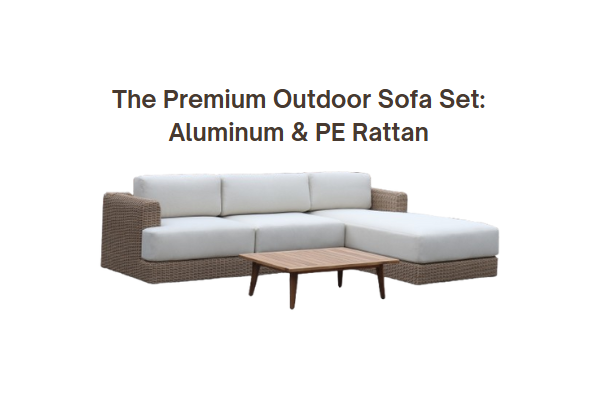The Impact of U.S. Tariffs on Vietnam’s Furniture Exports

As the global trade landscape continues to shift, U.S. import tariffs are becoming a major concern for Vietnam’s furniture exporters. The United States remains one of the largest importers of Vietnamese furniture, making it a strategic market for many manufacturers. However, changes in tariff policies can significantly affect export volume, pricing, and competitiveness.
1. Overview: Vietnam–U.S. Furniture Trade
- The U.S. is the largest export market for Vietnamese furniture, accounting for over 50% of total export turnover in the sector.
- Key product categories: sofas, wooden tables and chairs, cabinets, beds, and outdoor furniture.
- Vietnam’s competitive edge: abundant raw materials, skilled labor, and attractive pricing.
2. Import Tariffs and Trade Risks
- In recent years, the U.S. has re-evaluated its import tariff policies to protect domestic industries.
- Some wood furniture and related products from Asia (including Vietnam and China) have been subject to anti-dumping and safeguard duties.
- If the U.S. imposes higher tariffs on Vietnamese furniture, the potential impacts include: +Increased landed costs for U.S. buyers → reduced demand. +Vietnamese exporters may have to absorb part of the tariff burden → lower profit margins. +Tougher competition from countries with zero or low tariffs (e.g. Mexico, Canada).
3. Real Impacts on Vietnamese Furniture Manufacturers
- Rising export costs: Including shipping, documentation, and compliance-related expenses.
- Pressure to lower prices: To remain competitive in the U.S. market.
- Supply chain disruptions: Buyers may shift orders to alternative sourcing countries.
- Tighter technical and legal requirements: Including certifications, traceability, and compliance with U.S. standards (e.g., FSC, REACH, Prop 65).
4. Strategies for Vietnamese Exporters
- Market diversification: Expanding to EU, Japan, South Korea – markets with FTAs and lower trade risks.
- Value-added product development: Focusing on sustainable materials, custom design, and international certifications to retain high-end buyers.
- Cost and logistics optimization: Flat-pack designs, container load efficiency, faster lead times.
- Stay informed: Monitor U.S. trade policies closely to respond proactively to changes.
5. Conclusion
U.S. tariffs remain a key factor shaping the future of Vietnam’s furniture export industry. While the U.S. market continues to offer vast potential, Vietnamese companies must stay agile and strategic. By diversifying markets, upgrading product standards, and optimizing supply chains, exporters can strengthen their resilience and sustain growth amid global uncertainties.
🔎 Looking for a reliable export furniture manufacturer that meets U.S. market standards? Contact us for consultation and partnership opportunities.
- #trends
- #contract furniture manufacturer.
- #sofa
- #Acacia wood vs teak wood Best wood for export furniture Export furniture materials High-end teak wood furniture Affordable acacia wood furniture
- #tips
- #cushion
- #nguyen duc
- #funiture
- #furniture
- #indoor
- #outdoor
- #FSC
- #PEFC certification Moisture content control Grade-A wood and quality-tested hardware
- #What is OEM What is ODM OEM vs ODM in furniture Vietnam furniture export custom furniture manufacturing private label furniture
- #bulk furniture orders
- #fashion
- #optimize furniture costs
- #design
- #wholesale furniture for projects
- #experiment
- #furniture supplier
Lastest news
We would love
to hear from you !
Reach out to us via the form below or through our contact details, and we’ll get back to you as soon as possible.





